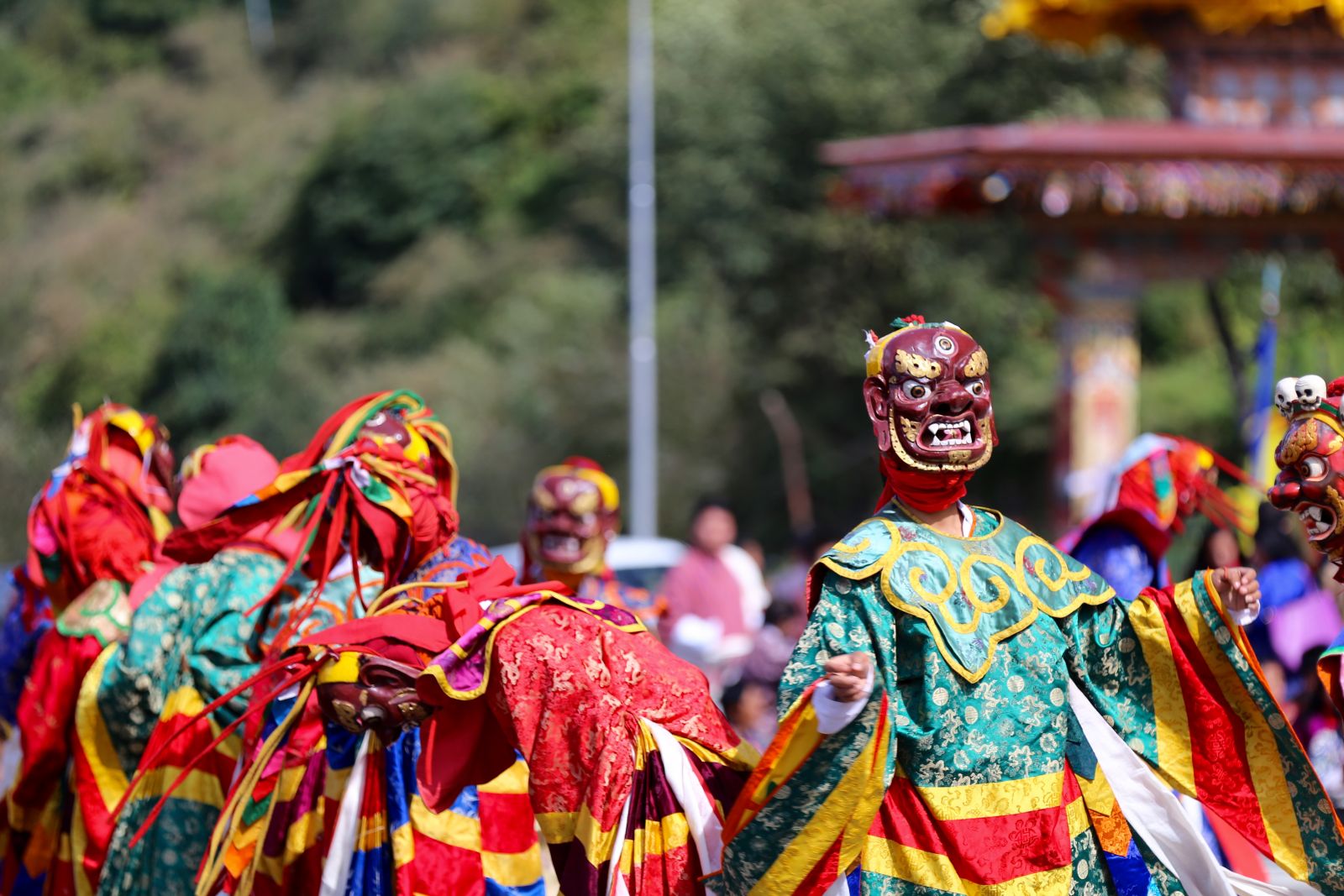Places to visit in Wangdue
PLAN YOUR TRIP
.jpg)

Wangdue is a small district located in western Bhutan and is known for its scenic beauty, cultural heritage, and stunning landscape. Here are some of the top places to visit in Wangdue:

Wangdue Phodrang Dzong
- It is one of the largest dzongs in Bhutan, built in 1638 by the Zhabdrung Ngawang Namgyal, who is regarded as the unifier of Bhutan.
The dzong sits on a ridge overlooking the Punatsang Chu river and is an excellent example of Bhutanese architecture. It served as the administrative and religious center for the Wangdue Phodrang district until it was tragically destroyed by fire in 2012.
After the fire, a restoration project was initiated, and the dzong is now being rebuilt to its former glory.
It is surrounded by scenic landscapes and offers stunning views of the surrounding mountains and valleys.

Phobjikha Valley
- The beautiful glacial valley is situated at an altitude of around 3,000 meters above sea level and is considered one of the most beautiful valleys in Bhutan.
The valley is known for its stunning natural beauty, with snow-capped mountains, pristine forests, and a unique ecosystem. It is also the winter habitat of the endangered black-necked crane, which migrates here from the Tibetan Plateau from late October to early February each year.
The valley is home to several traditional Bhutanese villages, including Gangtey and Phobjikha, which offer visitors a glimpse into the local culture and way of life. Visitors can also enjoy activities such as hiking, bird watching, and exploring the surrounding forests and meadows.
The Gangtey Monastery, a 17th-century Buddhist monastery, is also located in the valley and is a popular tourist attraction. It is a prominent center of Buddhist learning and practice in the region and is known for its beautiful architecture and intricate woodwork.

Rinchengang Village
- It is a small, traditional Bhutanese village situated in a picturesque valley and is known for its unique architecture and cultural heritage.
The village is home to around 60 households and is known for its beautiful stone and mud-brick houses, which are built in the traditional Bhutanese style.
Rinchengang Village is also home to the Rinchengang Monastery, which is believed to date back to the 17th century.
Visitors to Rinchengang Village can explore the village and its surroundings, enjoy the beautiful scenery, and learn about the local culture and way of life.